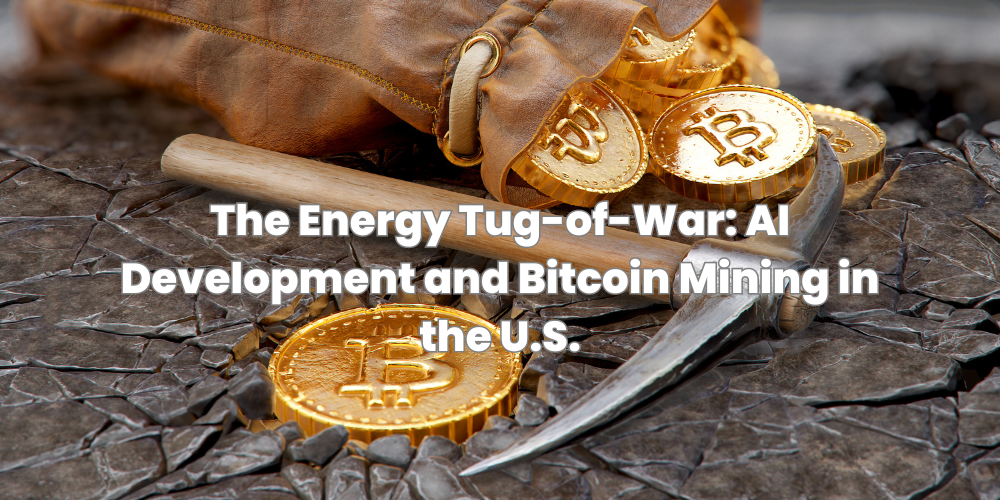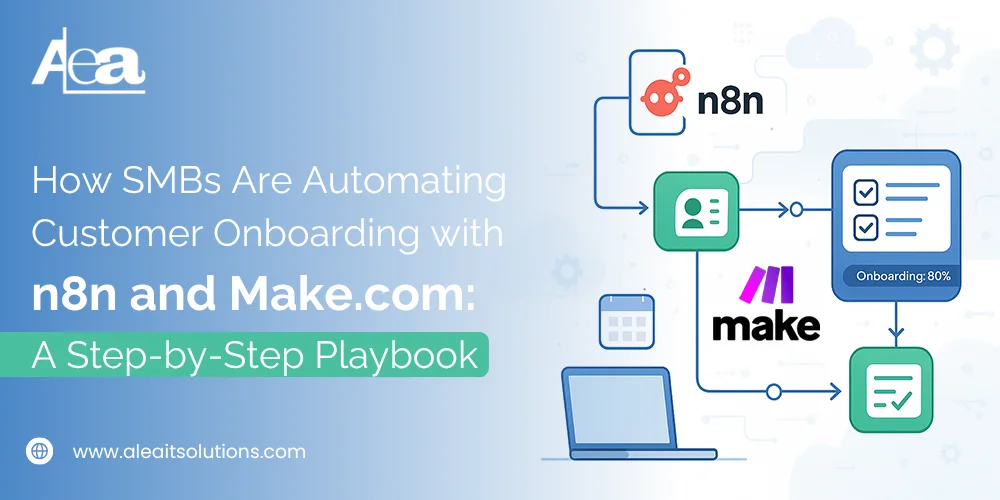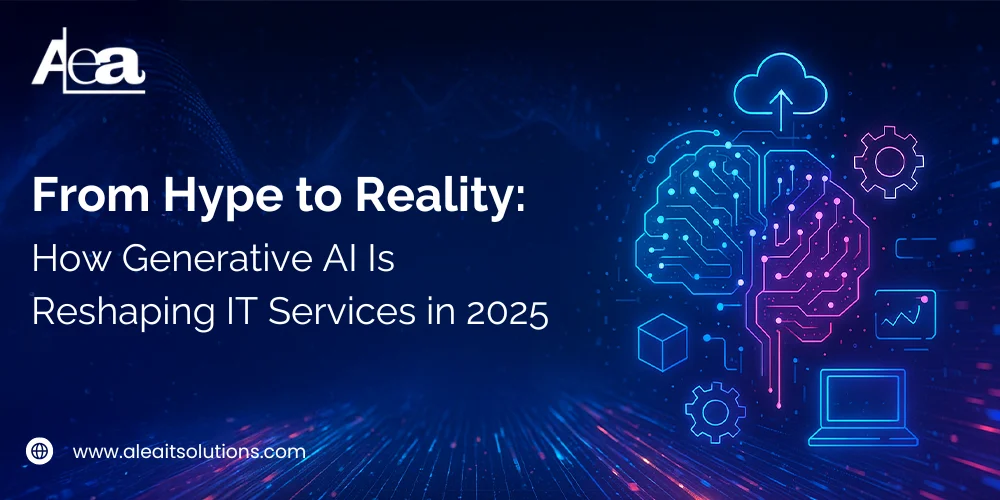In the ever-evolving world of technology, it’s not often you find two groundbreaking innovations squaring off in a direct competition. Yet here we are, witnessing Artificial Intelligence (AI) and Bitcoin mining—a pair of power-hungry titans—battling it out, not for recognition or monetary gain, but for something far more critical: energy. Yes, energy has become the battlefield where these two heavyweights are vying for dominance, and the implications of this clash are monumental for industries, economies, and the environment.
AI, with its insatiable demand for computational power, is driving innovations in machine learning, natural language processing, and countless other fields that are transforming the way we live and work. From training complex neural networks to powering autonomous systems, AI relies on a steady stream of energy to fuel its revolutionary breakthroughs. On the other hand, Bitcoin mining, the backbone of the cryptocurrency economy, requires vast amounts of electricity to solve complex algorithms and maintain the decentralized blockchain infrastructure. These miners are competing for the same energy resources that could otherwise be used to support AI development or other critical technologies.
As we look forward to 2025, the bets in this performance are only ready to get up. Governments, business and community are struggling with responsibility to balance innovation. How do we prioritize energy use between AI, which promises social progress, and bitcoin mining, which fuel the digital economy? Can renewable energy solutions take steps to reduce the environmental impact of these energy-intensive technologies? And what role will the rules play in determining the future of this electrification fight?
The Heavyweights: AI and Bitcoin Mining’s Appetite for Energy
Let’s start with AI. We all know that AI is the brain behind your smart devices, your personalised ads, and probably why your fridge knows you’re out of milk. But to get that smart, AI needs to hit the books—or in this case, massive datasets. Training AI models is like sending them to an all-you-can-eat buffet, except instead of food, they’re gobbling up data, and the energy bill is astronomical. As AI keeps getting smarter, its appetite for energy just keeps growing.
On the flip side of the ring, we’ve got Bitcoin mining. If AI is the brain, Bitcoin mining is the muscle—churning out complex calculations non-stop all to validate transactions and add new blocks to the blockchain. But this isn’t a light workout. We’re talking about power use that could light up a small nation. And just like AI Bitcoin miners are always looking for more energy to keep their machines running.
The Battle for Energy Resources
Now, you might be wondering, “What happens when two energy giants collide?” Well, grab some popcorn, because the U.S. is finding out the hard way. Both AI and Bitcoin mining are flocking to states with lower electricity costs, like Texas, Wyoming, and Kentucky, where energy is cheap, and the regulatory climate is as warm as the summer sun .
Here’s the twist: These states don’t have extra energy to spare. In fact, the arrival of Bitcoin miners and AI data centers is starting to put real pressure on local power grids. Remember the Texas winter storm in 2021? Well, the grid wasn’t thrilled about the added burden from all those new mining rigs and data centers. It’s like having too many people in a small kitchen—except these folks are using up electricity like it’s going out of style.
The Environmental Tag Team: AI, Bitcoin, and Climate Concerns
As if fighting over energy wasn’t enough, AI and Bitcoin mining have also teamed up to give Mother Earth a headache. Both industries rely heavily on fossil fuels, and while some are exploring greener pastures (hello, solar power!), the majority are still leaving a pretty hefty carbon footprint .
This has caught the attention of regulators, who are starting to consider measures to rein in the environmental impact. Higher taxes for Bitcoin miners? Renewable energy quotas? AI efficiency standards? All of these are on the table as lawmakers try to figure out how to keep the lights on without cooking the planet .
What’s Next in the Energy Rumble?
So, where does this leave us? The future of AI and Bitcoin mining in the U.S. is like an intense chess match, where every move could tip the balance. AI developers might start working on more energy-efficient algorithms, and Bitcoin miners could shift to renewable energy sources. But one thing’s for sure: the competition isn’t going to cool off anytime soon .
The U.S. government is also getting in on the action, with potential regulations and incentives that could shape the landscape of both industries. Whether it’s through innovation, policy, or sheer grit, AI and Bitcoin mining will need to find a way to share the power grid without frying it .
The energy race between AI and Bitcoin mining in the U.S. is like watching two marathon runners sprint to the finish line—but instead of crossing first, they’re trying to see who can make it without collapsing from exhaustion. As these industries continue to grow, the challenge will be finding a balance between innovation and sustainability. One thing is certain: the energy showdown isn’t over, and the outcome will shape the future of tech—and our planet—for years to come.





One thought on “The Energy Tug-of-War: AI Development and Bitcoin Mining in the U.S.”
Comments are closed.